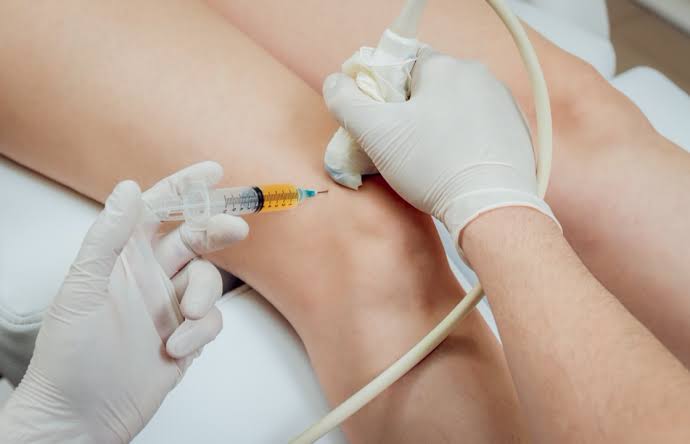
The Role of PRP Therapy in Treating Arthritis and Other Joint Conditions
Arthritis is a common joint condition that affects millions of people worldwide. It can cause pain, stiffness, and swelling in the joints, which can make it difficult to perform daily activities. While there are several treatment options available for arthritis, PRP joint therapy in Orlando is gaining popularity as an effective and safe treatment option. PRP therapy involves the use of platelet-rich plasma, which is extracted from the patient's own blood. This article will explore the role of PRP therapy in treating arthritis and other joint conditions.
What is PRP Therapy?
PRP therapy is a regenerative medicine technique that involves the use of platelet-rich plasma. Platelet-rich plasma is a concentrated solution of platelets and growth factors that are extracted from the patient's own blood. The blood is drawn from the patient and then processed using a centrifuge to separate the platelets from the other components of the blood. The resulting platelet-rich plasma is then injected into the affected joint to promote healing and reduce inflammation.
How Does PRP Therapy Work?
PRP therapy works by harnessing the healing power of platelets and growth factors. Platelets are small, disc-shaped cells that are responsible for clotting blood and promoting healing in the body. When platelets are activated, they release growth factors that stimulate the production of new cells and tissue. By injecting platelet-rich plasma into the affected joint, PRP therapy can promote healing, reduce inflammation, and reduce pain.
PRP Therapy for Arthritis
Arthritis is a common joint condition that can cause pain, stiffness, and swelling in the joints. While there are several treatment options available for arthritis, PRP therapy is gaining popularity as an effective and safe treatment option. Studies have shown that PRP therapy can reduce pain and improve function in patients with arthritis. In one study, patients with knee arthritis who received PRP injections reported a significant reduction in pain and an improvement in function compared to patients who received a placebo injection.
PRP Therapy for Other Joint Conditions
PRP therapy is not just limited to arthritis. It can also be used to treat other joint conditions such as tendonitis, ligament injuries, and cartilage damage. In fact, PRP therapy has been shown to be effective in promoting healing and reducing pain in a variety of joint conditions. In one study, patients with chronic Achilles tendonitis who received PRP injections reported a significant reduction in pain and an improvement in function compared to patients who received a placebo injection.
Benefits of PRP Therapy
PRP therapy offers several benefits over traditional treatment options. First, PRP therapy is a minimally invasive procedure that can be performed in a doctor's office. This means that patients can avoid the risks and complications associated with surgery. Second, PRP therapy uses the patient's own blood, which reduces the risk of infection and other complications. Finally, PRP therapy is a natural treatment option that harnesses the body's own healing power to promote healing and reduce pain.
Conclusion
PRP therapy is a safe and effective treatment option for arthritis and other joint conditions. By harnessing the healing power of platelets and growth factors, PRP therapy can promote healing, reduce inflammation, and reduce pain. While PRP therapy is generally considered safe, it is important to discuss the risks and benefits with your doctor before undergoing the procedure. Overall, PRP therapy offers a natural and minimally invasive treatment option for patients with joint conditions.

Comments (0)